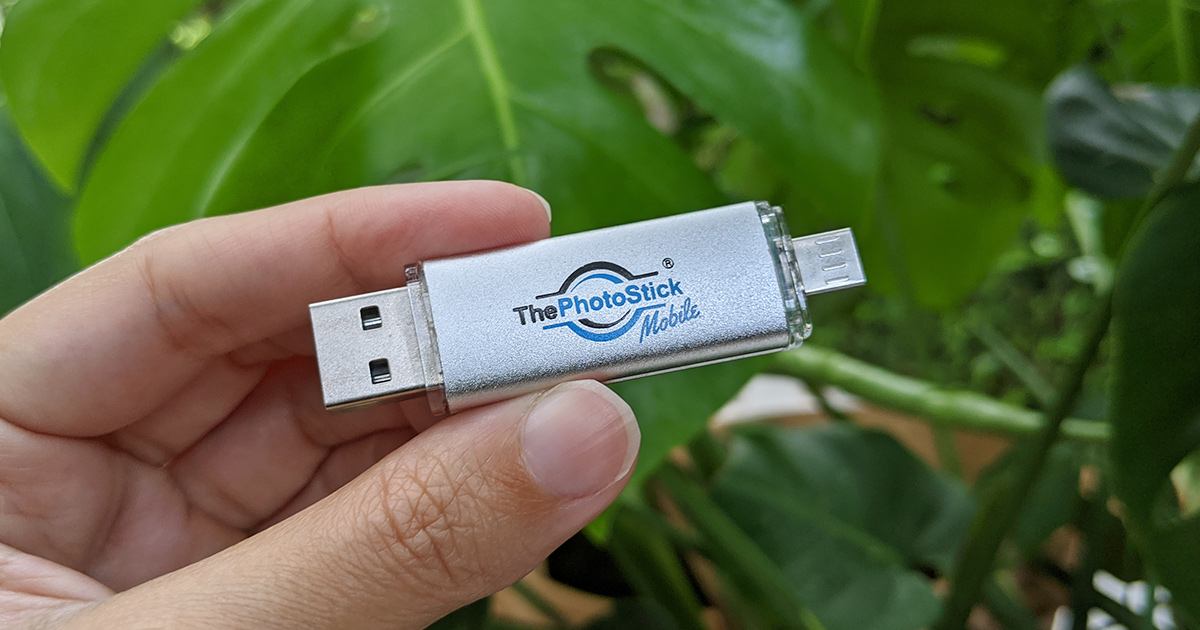Do you know what screen mirroring is? How about screen sharing? If you know they’re the same thing, you’re already ahead of the curve!
If not, or if you’re just not sure of the logistical basics, don’t fret, we’ve got you covered! Let’s dive into this collaborative technology and how it’s used.
What is screen mirroring?

Screen mirroring or screen sharing is a technology that replicates the screen of one device, like a laptop, phone, tablet, or computer, onto a TV screen or media projector. Basically, it lets you share your screen on a bigger screen.
Screen mirroring can be used anywhere there is a wired or wireless connection and devices. It’s frequently used during office meetings, presentations, and lectures to easily display relevant content to a wider group of people. It can also be used at home to share pictures, for example, for a more immersive and enjoyable experience for everyone.
As mentioned, screen sharing can work with a wired or wireless connection.
- Wired connections: These offer a straightforward, reliable solution for screen mirroring. However, your device is constrained by distance since it is tethered to the larger screen.
- Wireless connections: These are slightly harder to set up than wired connections. However, there is more freedom of movement since the smaller device is not tethered to the larger device.
What screen mirroring is NOT
There are similar concepts to screen mirroring, like video conferencing and online meeting software, that are not actually screen mirroring. Let’s talk about what screen sharing is not.
Screen mirroring is not any of the following:
1. Online meeting/video conferencing software
Screen mirroring is not the same as online meeting software like GoToMeeting, video conferencing software like Zoom, or desktop sharing software. These applications soared in popularity during the pandemic and they’re still used widely, especially in the workspace, but they’re not the same as screen mirroring.
Screen mirroring is a “localized” solution, which means both the screen-sending device and the screen-mirroring device need to be on the same network. Therefore, there is no need for an internet connection.
Since screen sharing connections are done point to point on a local network, screen data never crosses the internet. The two connected devices are usually located in the same room for viewing purposes.
There are cases where screen mirroring can take place across different networks, but this is usually for security purposes, such as when an organization requires a separate network for guests to avoid guest network traffic on the same network.
2. Media streaming
Screen sharing is also not media streaming. Media streaming is the non-stop playback of a video or audio file. Every time you go on YouTube or Netflix, you’re streaming media.
All you have to do to stream media yourself is to send an audio or video file on your computer to play on an external receiver. This is great if all you want to do is share one or two audio or video files. But, for real-time collaborations and presentations, screen mirroring is more suited.
How does screen mirroring work?

There are two parts to every screen mirroring connection: a screen-sending device like a cellphone and a screen-receiving device like a smart TV.
The screen-sending device uses a “screen mirroring protocol” to make the magic happen. There are several screen mirroring protocols available, such as Google Cast on Chromebooks and Apple Airplay used by iPhones.
The screen-receiving device receives the screen from the sending device and displays it, as the name implies. Receivers can be hardware devices like Apple TV, Chromecast, and so on, or they can be software applications that enable regular devices like Mac or Windows computers to become receivers.
There are several ways in which screen mirroring can be established, depending on the devices involved.
Some devices come with their own native screen mirroring technology (like Miracast, Chromecast, and AirPlay) and as such may not be compatible with other devices. Devices like these are unable to connect wirelessly, which could be a problem if you happen to have competing devices.
Cases like this can only be resolved through wired screen mirroring, or through the use of third-party screen mirroring solutions with cross-platform compatibility.
Easily share your memories with family and friends
One of the best things about screen mirroring is that it opens up your personal view to anyone, where you can easily share the viewing experience together. It makes looking at trip photos or family pictures, for example, much more enjoyable with a group.
ThePhotoStick® Mobile can also help you share priceless memories effortlessly as it instantly backs up pictures and videos from your cellphone onto your computer without the frustration of having to search and organize them yourself!
The best part is that it’s super easy to use and works on Android, iPhone, iPad, and iPod Touch. You can also combine it with screen sharing technology on your laptop and share your pictures and videos on the big screen! Imagine sitting around with your family and friends this Christmas and sharing fun and precious memories for everyone to enjoy.
What do you want to share during the holidays?
So, what do you think? Would you use screen mirroring to share pictures, videos, or presentations with your friends and family? Let us know in the comment section and share this article with your friends and family to spread the knowledge!

I have a Samsung tv which is hardwired that has the facility to mirror. I also have an iPad that is used on Wi-Fi but the two will not connect to each other. Does both the sender and receiver have to be on either Wi-Fi or hardwired?